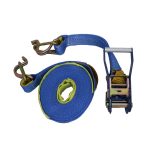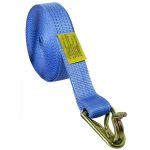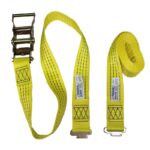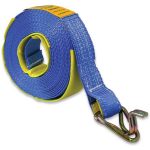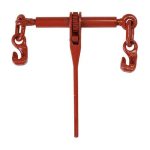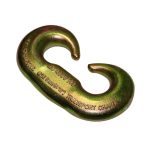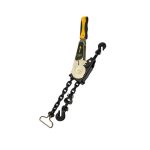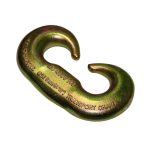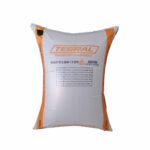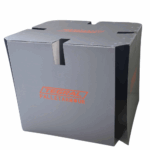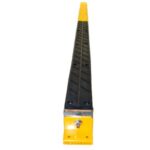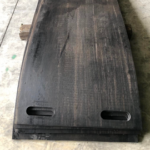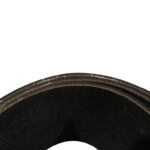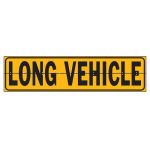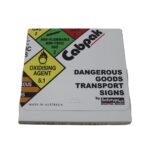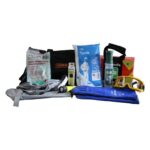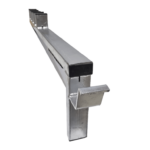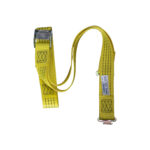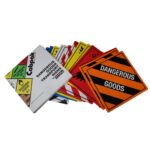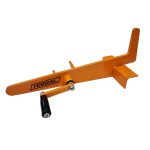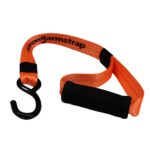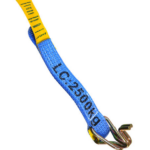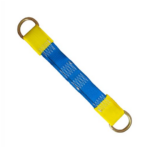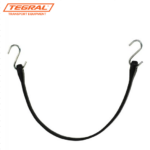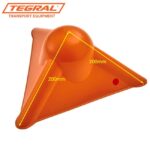There are several factors to consider when determining whether a G70 lashing or load restraint chain needs replacing:
Visible damage: Inspect the chain for any visible signs of damage, such as cracks, bends, or nicks. Any visible damage could indicate that the chain has been overloaded, or that it has been exposed to excessive stress or wear.
Wear and tear: Over time, chains can become worn and lose their strength. Look for signs of wear, such as elongation or stretching, and check that the links are still properly shaped and not distorted.

Rust and corrosion: Rust and corrosion can weaken chains, making them more likely to fail. Look for any signs of rust or corrosion on the chain, and check that the surface of the links is still smooth and free from pitting.
Compliance with standards: Chains used for lashing and load restraint must comply with relevant standards, such as AS/NZS 4344:2001. If the chain is not compliant with these standards, it should be replaced.

Age: While there is no set lifespan for chains, they should be replaced if they are showing signs of wear, damage or corrosion, regardless of their age.
It is important to regularly inspect your chains for signs of wear and tear, damage, and corrosion. If you have any doubts about the condition of your chains, or if you are unsure whether they need to be replaced, consult a qualified professional.




